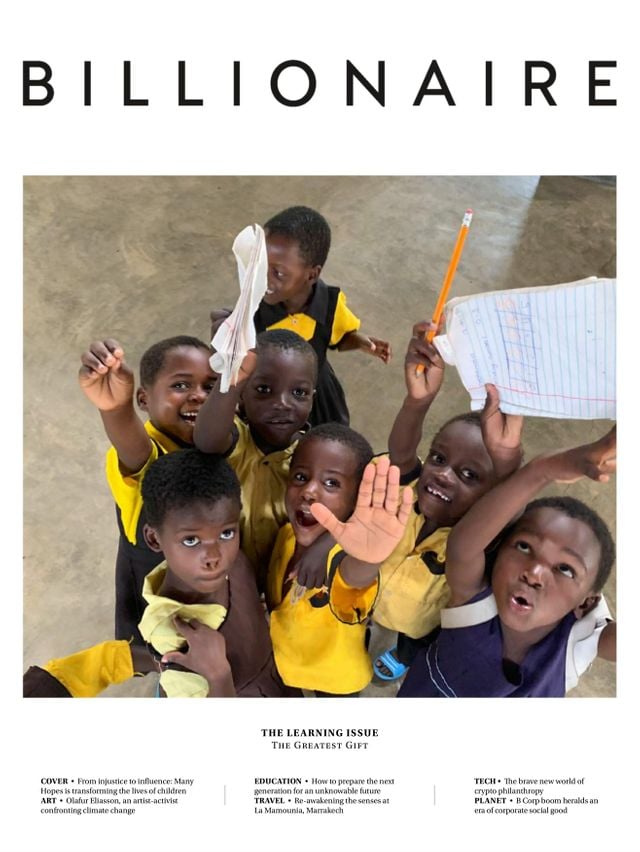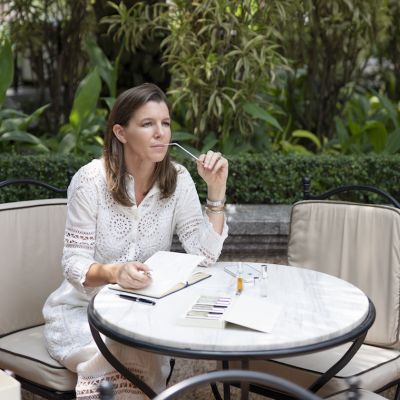Crypto Giving Gathers Steam

Blockchain giving could be a game-changer for emergency relief efforts, like in Ukraine.

It's been the ultimate test for the nascent crypto giving sector; since Ukraine's government appealed for cryptocurrency gifts, an estimated US$30m has poured into the war-torn country. The government tweeted crypto wallet codes for Bitcoin and Ethereum, while Ukraine's vice prime minister Mykhailo Fedorov, wrote: "Stand with the people of Ukraine Now accepting cryptocurrency donations." Local businesses and non profits have done the same.
“Blockchain allows us to scale our efforts in a way that wasn’t possible for us before,” said Nadya Tolokonnikova, a representative of Ukraine DAO, in the New York Times. “The old ways of raising money sometimes are really slow and just clumsy.”
The Giving Block, a US-based cryptocurrency donation platform, has raised over US$1.5m in total cryptocurrency donations supporting the non-military humanitarian aid effort in Ukraine across its Ukraine Emergency Response Fund and direct crypto donations to the 20+ nonprofits included in the fund, in the two weeks since February 24th.
This could be the turning point for cryptocurrency donations. Paul Turner, founder of Food for Life Global, a Delaware-based charity which was a first responder in Ukraine, has seen donations grow by more than a third, having raised US$550,000 through crypto in the last six months alone.
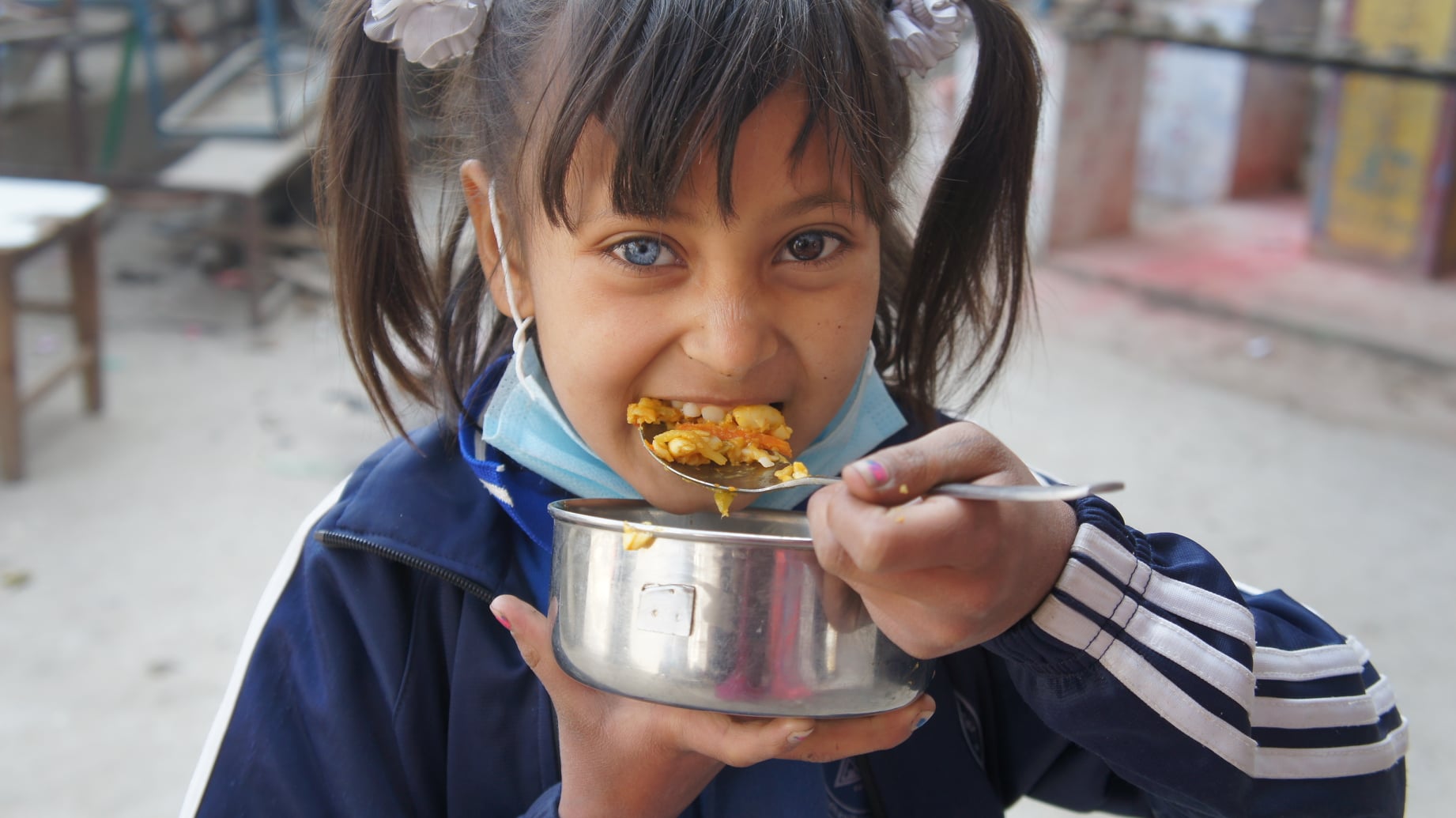
“You would be crazy not to open up your charity to crypto giving,” he says.
Food for Life Global is the world’s largest food-relief organisation, having served over seven-billion vegan meals to the hungry. With Indian roots, it has provided disaster relief during the Siege of Sarajevo, the Chechen wars, the 2004 tsunami, Hurricane Katrina and the 2005 Pakistan earthquake, and now Ukraine. It liquidates most donations immediately into dollars to use for feeding programmes, he adds, but keeps some in the market with an eye on future growth of the cryptocurrency.
Crypto donations to Food for Life Global are made through The Giving Block. “Crypto giving will be absolutely transformational for the future of giving,” adds Turner. “It is more efficient and faster than traditional means, and it puts the power back in the hands of people and removes the middle-man.”
Blockchain technology, he points out, allows funds donated to charities to be tracked, creating a higher level of trust and accountability for non-profits that can show their funds have been effectively used; making blockchain, in theory, transformational for the giving sector.
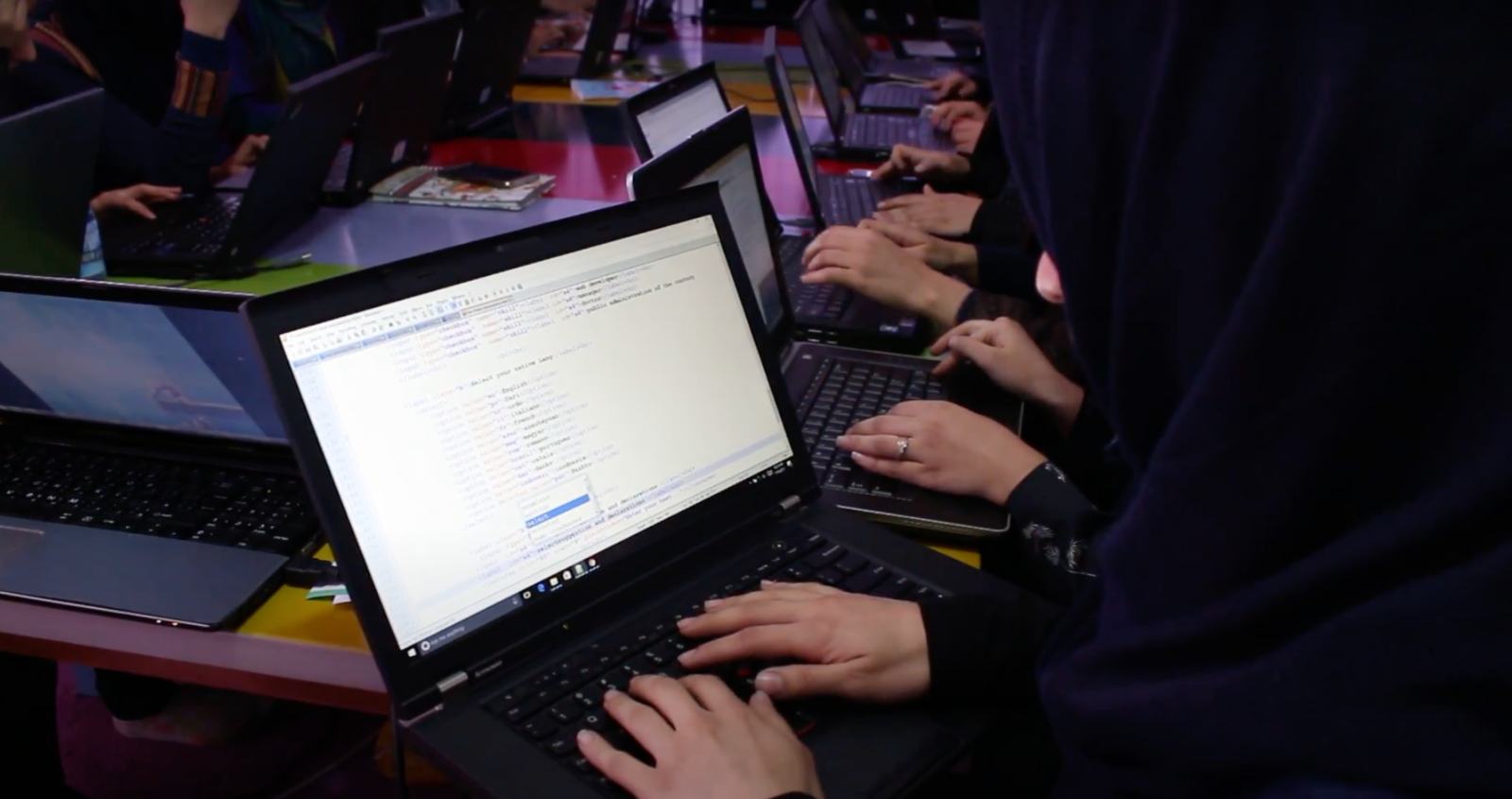
Donors mostly give in the relatively stable Ether (the currency of Ethereum), but Food for Life Global has also received Milk and Butter tokens, companion tokens listed on the Binance Smart Chain with a community-giving angle. Milk tokens can be used to earn Butter tokens through staking (which involves holding funds in a cryptocurrency wallet to support the security and operations of a blockchain network) and charity fees are collected on Butter tokens. The holders of the Butter token can then use their tokens to cast their vote on which charity should receive the next donation.
Crypto giving is gathering steam. The Giving Block projects US$1 billion in cryptocurrency donations to be processed in 2022, supporting donations in Bitcoin, Ethereum, and 40 other popular cryptocurrencies. A major pulling point to giving in crypto is the tax benefit. Donating cryptocurrency is non-taxable, meaning you do not owe capital-gains tax on the appreciated amount and can deduct it on your taxes. This makes Bitcoin and other cryptocurrency donations one of the most tax-efficient ways to support causes.
Some of the world’s wealthiest are now crypto billionaires; according to Forbes, the surge in value of Bitcoin and other cryptocurrencies pushed nine new crypto billionaires onto the Forbes list in 2021, up from four in 2020, including the Winklevoss twins, Michael Saylor, Matthew Roszak, Tim Draper, Sam Bankman-Fried and Brian Armstrong.
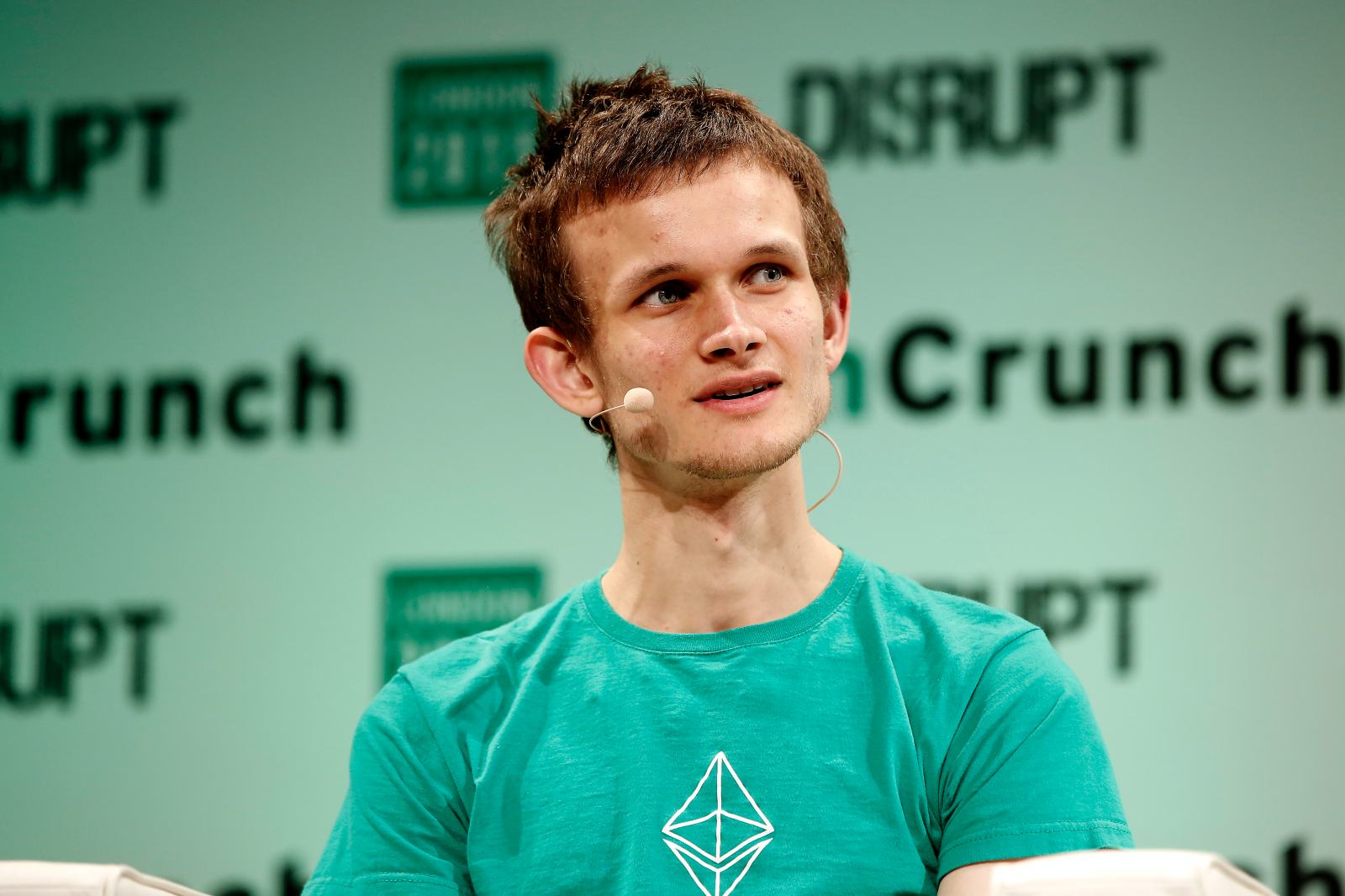
It makes sense that newly minted billionaires are some of the most generous types of philanthropists, says Thomas Keown, founder of Many Hopes, a children’s charity, which accepts 20-plus crypto coins and tokens.
“The significant donations we have received so far are in Bitcoin (overwhelmingly) and Ethereum,” says Keown, adding that donations range from a few US$100 to US$250,000, with a sweet spot of US$10,000-15,000.
“We were one of the early adopters of crypto in the non-profit world back in 2017, and we have seen increasing generosity and the opportunities for folks to be generous. Crypto has made a lot of people a lot of wealth in the last few years and so has given those folks an incredible, and probably unexpected, opportunity to do meaningful and transformative things.
“Crypto has provided new people with the opportunity to be transformative philanthropists for the first time in their life and so we wanted to make that easy and tax efficient for them. Crypto will do world-changing things, and so we want to make sure it has the opportunity to do life-changing things for those who need it most.”
Binance, the world’s largest cryptocurrency exchange in terms of daily trading volume, also has a philanthropic arm, Binance Charity, which to date has supported over 1 million beneficiaries. Its mission is “to develop a 100% transparent donation platform based on blockchain...to end all forms of poverty and inequality, advance sustainable development and ensure that no one is left behind.” One of its recent projects is partnering with Code To Inspire, a coding school in Afghanistan, with a three-month pilot project. The programme will fund and support 100 young women in Afghanistan, who have lost their jobs as a result of the Taliban takeover, through computer education.
The project will use BUSD - a stable coin pegged with USD - so students can convert BUSD to local currency at local money exchanges. This will help overcome financial inclusion barriers these young women are facing such as banks not operating normally or even not having a bank account, said the head of Binance Charity and UN Goodwill Ambassador, Helen Hai.
Giving through the sales of art listed via Non-Fungible Tokens (NFT: a unit of data stored on a blockchain that guarantees a digital asset is unique, not interchangeable) is also a growing trend, according to The Giving Block, with some US$12 million so far in 2021 coming from the NFT community, including NFT artists, projects, collectors and platforms and marketplaces.

“Artists, projects and collectors frequently run charitable auctions and sales for charity and then donate the crypto proceeds, usually in Ethereum,” says Ben Pousty, head of growth at The Giving Block. This was over 10 times as much as the platform processed in all of 2020 (US$4.5 million). The Giving Block lists more than 1,000 charities that now accept crypto donations. at The Giving Block. NFTs on the dedicated platform Art Blocks collectively raised over US$26 million for charity last year. Before each project goes live, Art Blocks and the artist decide the percentage of the funds raised that will be donated to charity, normally around 10 and 25 percent of the total sales of the art.
According to a report by The World Bank, people are more likely to donate to charity if they feel they will receive something in return, which explains why NFT not-for-profit sales are well suited to philanthropy; by possessing an NFT from a charity auction, buyers can prove their altruism, not to mention the social status, which makes them more likely to buy. One of Banksy’s earliest murals, Gorilla in a Pink Mask, which was famously unknowingly painted over by the owner of a Bristol building, is currently being fractionalised and sold as an NFT with an edition number and a certificate of authentication. A proportion of the proceeds of the sale will be donated to The Gorilla Organisation and Developing Health and Independence. Meanwhile, producer and entrepreneur Tony Hollingsworth last year created a campaign called Listen, to help disadvantaged children, with an aim to raise US$100 million for one-billion vulnerable children by harnessing NFTs. He brought on some 200 artists from creative industries to create digital media, including Samuel L Jackson, Natalie Portman, Kurt Russell and Goldie Hawn.
Frank Smits is an NFT collector with some 250 NFTs to his name, which he displays at home in Hong Kong alongside his physical contemporary Indonesian art. Some of his favourite NFTs include Failing State by Nigerian crypto artist Owo, The Elon Musk by Leonardo Vitti, a Gangland skull by Eddie Gangland and Mutant Bored Ape. He recently founded The MetaArt Club, a platform which curates the works of digital artists as a marketplace. When it launched in December 2021, 3 percent of sales from the ‘launch drop’ went to fund a new, global digital art prize in charitable partnership with The Sovereign Art Foundation, to promote and support burgeoning young talent in the digital art medium and offer digital art learning opportunities for disadvantaged children.
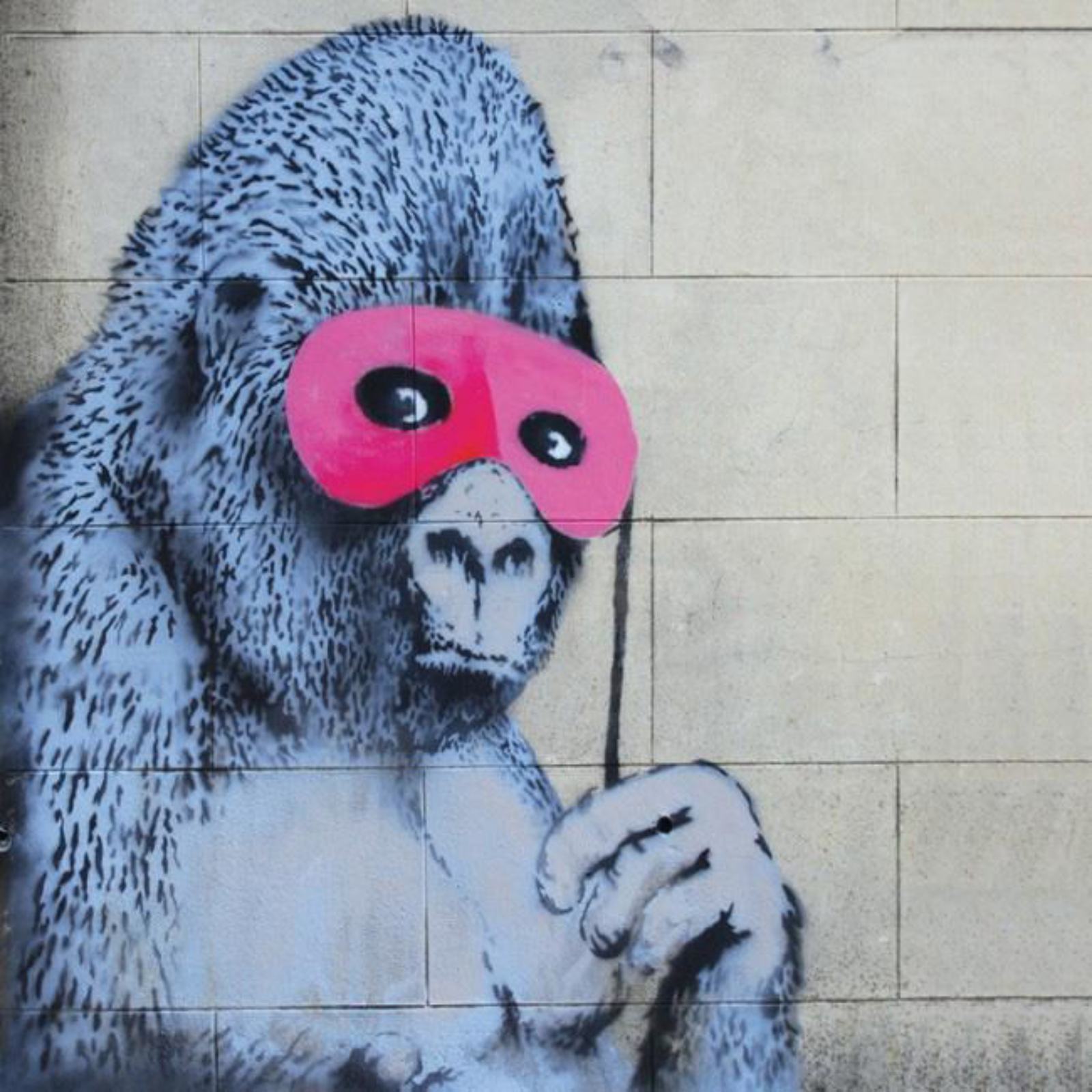
Smits, who previously worked in fashion for 30 years, believes at the moment NFT sales are “not so much about making money,” and more about the creation of an NFT collectors’ community, which is why philanthropy in many cases is a natural partner. “This journey has been about discovering artists and a new form of digital art, and less about immediate monetary returns. New authorities are being born as we speak.”
However, the crypto giving sector is not without its pitfalls. Last May, the 28-year-old Ethereum billionaire Vitalik Buterin donated around US$1.5 billion worth of cryptocurrency to non-profits, including to GiveWell, some of which was in his own quite stable currency, Ether.
However around US$1 billion was in a digital currency called Shiba Inu coin, named after the dog, which is prone to volatility. Soon after he made the donation the Shiba Coin’s value collapsed, as spooked investors looked to sell off their holdings. One of the unfortunate beneficiaries of the Shiba donation was the India Covid Crypto Relief fund, which suddenly had much less money than minutes before when Buterin donated it. As a result, the head of the non-profit decided not to immediately sell the currency to convert to cash and, by proxy, tangible COVID-19 aid, until the price had recovered, which it did.
Ben Morton-Wright, founder of UK-based philanthropy advisor Global Philanthropic, counsels caution when giving in crypto. “It is an emerging factor that we will be watching closely, but the problem, obviously, is it is not regulated and the value can fluctuate wildly.”
Time will tell, but as long as crypto currencies grow in value and remain a tax efficient giving mechanism, generosity can only be encouraged.
A version of this article originally appeared in Billionaire's Learning Issue, January 2022. To subscribe contact

